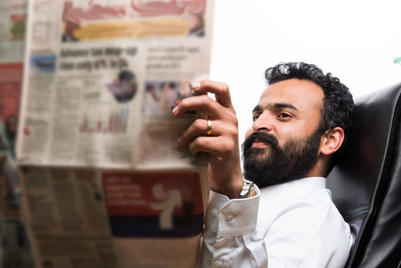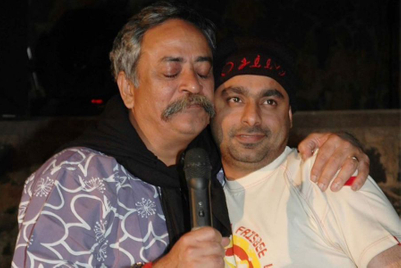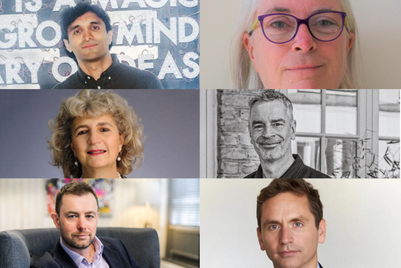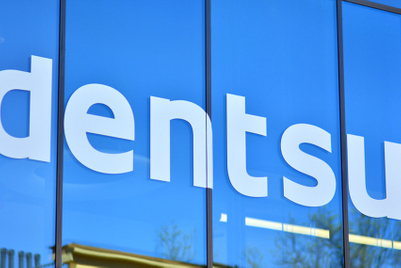.jpg&h=570&w=855&q=100&v=20250320&c=1)
The 2022 Amitabh Bachchan and Boman Irani film Uunchai stood out in a year crowded with action and thriller blockbusters. Its story of three retired friends trekking to Everest Base Camp to honour a dying companion’s wish resonated because it reflected an emerging truth: Indians are beginning to prioritise friendships over family structures.
According to Hakuhodo India’s new study Emerging Aspirations: Hakuhodo India Trends 2025, 42% of the country’s citizens report personal relationships at home as a major stress point—the highest across Asian markets surveyed. Instead, 61% find satisfaction in reliable friendships, and nearly half consult friends on major life decisions.
That data point, striking on its own, sits within a broader narrative. Indians are not just changing how they relate to each other; they are also redefining consumption, optimism, and the very idea of fulfilment.
The Hakuhodo study, unveiled at its first Sei-katsu-sha (holistic) Forum, draws on over 10,000 India-specific data points collected through quantitative surveys, qualitative home visits, and expert interviews across nine Asian markets. Its findings point to a society that is at once digitally agile yet emotionally analogue, aspirational yet pragmatic, and deeply optimistic even in uncertain global conditions.
Friends as the new family
The study’s Families to FamAllies insight underscores a quiet reordering of social structures. Thirty percent of Indian couples now prioritise friendship in romantic partnerships, reflecting a generational desire to move beyond duty-bound roles.
This presents creative opportunities, but also risks. Campaigns that once leaned heavily on family tropes may need to adapt, yet superficial “buddy culture” portrayals risk trivialising lived realities. Jayanto Banerjee, chief operating officer of Hakuhodo India, warned against easy clichés. “As Indians increasingly prioritise friendships alongside—or even over—traditional family structures, marketers must craft narratives that genuinely reflect this shift without resorting to clichés,” he told Campaign.
Brands should embrace and even challenge traditional roles by highlighting emotional conversations with friends and breaking family hierarchies. This approach resonates with younger audiences by acknowledging real, meaningful connections beyond stereotypes.
For agencies, the lesson is clear: emotional resonance must come from lived truths, not borrowed templates.
From value-for-money to value-for-aspiration
Perhaps the most consequential shift for marketers is the move from value-for-money to value-for-aspiration. The study shows that 44% of Indians now prefer superior products at higher prices, linking purchases with happiness, indulgence and excitement rather than pure utility. Notably, this is not confined to the young: 41% of consumers in their 50s report eagerness to try new products, a rate 1.6 times higher than the ASEAN average.
This creates both opportunity and tension for brands. Categories such as FMCG and consumer durables, historically defined by price competition, must now rethink their positioning.
Banerjee pointed out, “While India is known for value, aspiration has always played a role—in gold, housing, and education. Today, this extends to desires like fashion, watches, and cars, with the mid-premium segment growing faster than entry-level, reshaping the market into a diamond rather than a pyramid.”
He pointed out that older cohorts are also driving this change. People in their 50s are now among the most affluent consumers. With longer lives ahead, they’re investing in passions, hobbies, and new experiences, spending beyond budgets for personal fulfilment.
Brands must make products truly aspirational by tapping into consumers’ inner desires, not just social validation. “This mindset is what we call ‘Selfful’,” Banerjee added.

The study also finds a rising willingness to prioritise the self. 17% Indians say they want to spend on themselves rather than save for their children—3.4 times the rate in China. 40% of women seek more “me-time,” while 43% of men want to invest in beauty and self-care—figures nearly five times higher than Japan.
This shift away from duty-bound saving towards “self-led indulgence” highlights a society comfortable with experimenting beyond traditional obligations. Banerjee noted, “Take, for example, the shift from viewing spending on oneself as selfish to seeing it as self-led happiness. Crafting this narrative thoughtfully is essential to create a genuine emotional connection and build strong consumer empathy with the brand.”
Brands need to position indulgence not as reckless spending but as an investment in wellbeing—a subtle but significant reframing. The challenge is striking a balance.
Premiumisation is on the rise, but accessibility remains crucial in a country where price sensitivity has not disappeared. The implication: brands will need tiered offerings that elevate aspiration without alienating large swathes of consumers.
Digital natives, analogue emotions
One of the most nuanced findings of the Hakuhodo report is the ‘Digital to Digilogue’ duality. Indians are quick adopters of technology—88% embrace AI in daily life, a figure ten points higher than any other surveyed country.
Yet they simultaneously express a deep craving for analogue connections. Indians are 2.5 times more eager for face-to-face meetings than Japanese respondents, and 33% still feel uneasy without reading a morning newspaper.
Banerjee called this tension central to campaign strategy, “The ‘Digital to Digilogue’ insight highlights a key duality—Indians are digitally adept but emotionally connected through analogue experiences. We tend to look at this as an either-or debate. It’s not either-or, it’s both everyday and everywhere. For agencies, this means it’s not about choosing tech-driven efficiency OR human engagement, but integrating both seamlessly in every campaign.”

This duality is particularly visible in demographics. Indians in their 50s are seven times more engaged on social media than their Japanese counterparts, while the youngest cohorts are pulling back from digital pressure to seek mental balance. The implication is segmentation not by tech adoption alone, but by emotional need-states—when audiences crave efficiency versus when they seek reassurance.
Love, marriage, and reimagined partnerships
Another revealing trend is the separation of love from marriage. 48% of Indians believe love and marriage are different—2.3 times more than in China.
Acceptance of love outside marriage is growing, with consumers in their 50s leading the reimagination of partnerships. Women’s increased participation in dating and matrimonial apps—driven by safety features and authenticity filters—underscores the normalisation of alternative relationship structures.

For brands, this loosening of old cultural scripts creates fertile ground for storytelling. But as Banerjee stressed, how these narratives are framed matters: campaigns can either challenge stale tropes with nuance or stumble into backlash by overstepping cultural sensibilities.
When benchmarked against its Asian neighbours, India also stands out for optimism. 89% of Indians report feeling happy and optimistic, making it the happiest nation among the nine surveyed. This contrasts with more cautious or pessimistic attitudes in markets such as Japan and China.
Yet this optimism can be double-edged for multinational brands. While the instinct may be to over-index on hyperlocalisation, Banerjee believes that brands must return to fundamental human insights rather than relying on ‘hyperlocalisation’ as the core idea.
“Hyperlocalisation should be reserved for execution details, not the campaign’s foundation. If it becomes core to a campaign idea, then it will remain niche, regional and not scalable,” he noted.
The takeaway is that India requires authenticity, but scalable authenticity. MNCs that chase hyperlocal tropes risk reducing campaigns to caricatures. Those that start from universal insights and adapt with cultural nuance are better positioned to succeed.
Creativity with responsibility
The backdrop to these shifts is a society marked by experimentation and changing norms. This offers marketers a licence for bolder creativity, but with caveats.
Banerjee observed that any bold brand stance will naturally resonate with some segments while alienating others, which is why many brands stick to mainstream narratives. “For those willing to experiment or embrace emerging values and trends, it’s vital to understand the risks and potential consequences of their position,” he added.
In practice, this means moving beyond safe, crowd-pleasing messages while also avoiding provocations that alienate core consumer groups. Responsible boldness—creativity that reflects change without trivialising culture—may be the hardest balance to strike, but it is increasingly the only viable one.
Hakuhodo India’s study offers a detailed snapshot of a country in flux: aspirational yet grounded, digitally fluent yet emotionally analogue, open to reimagined relationships yet attached to enduring bonds. For marketers, the message is both simple and complex. Simple because the direction of change is clear: aspiration, optimism, and experimentation are on the rise. Complex because translating those shifts into campaigns requires nuance, restraint, and an ear for authenticity.
As Banerjee summed it up, brands that succeed will be those that engage with Indians not as mere consumers, but as whole people navigating optimism, ambition, and shifting norms. In that lies the real challenge—and the opportunity—for agencies and marketers alike.


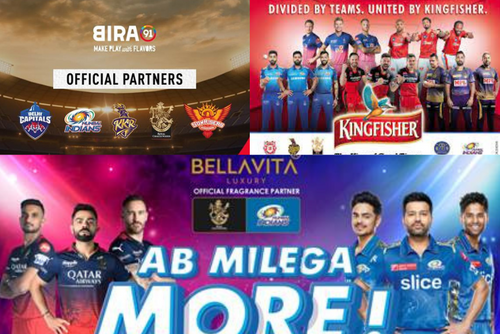
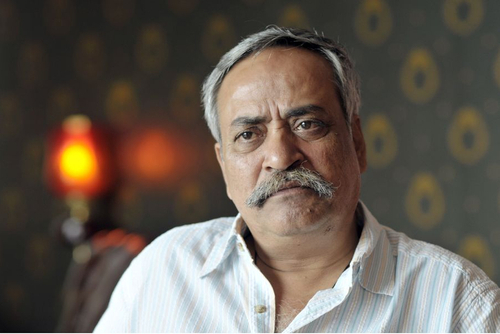
.jpg&h=334&w=500&q=100&v=20250320&c=1)
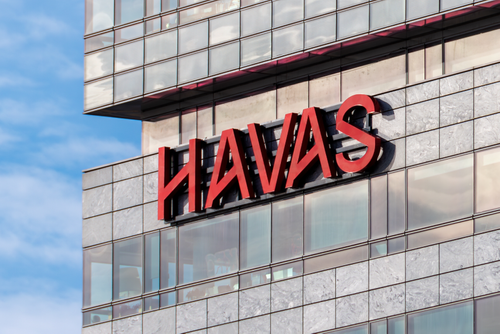

.jpg&h=334&w=500&q=100&v=20250320&c=1)
.jpg&h=334&w=500&q=100&v=20250320&c=1)
.jpg&h=334&w=500&q=100&v=20250320&c=1)
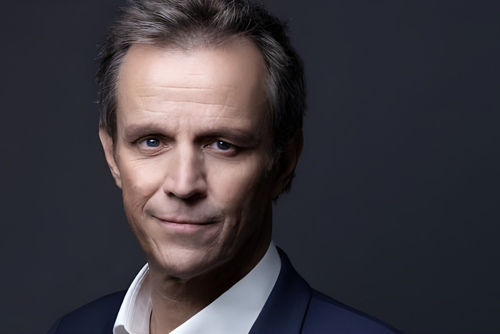
.jpg&h=334&w=500&q=100&v=20250320&c=1)
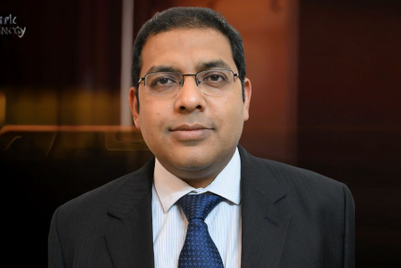

.jpg&h=268&w=401&q=100&v=20250320&c=1)

